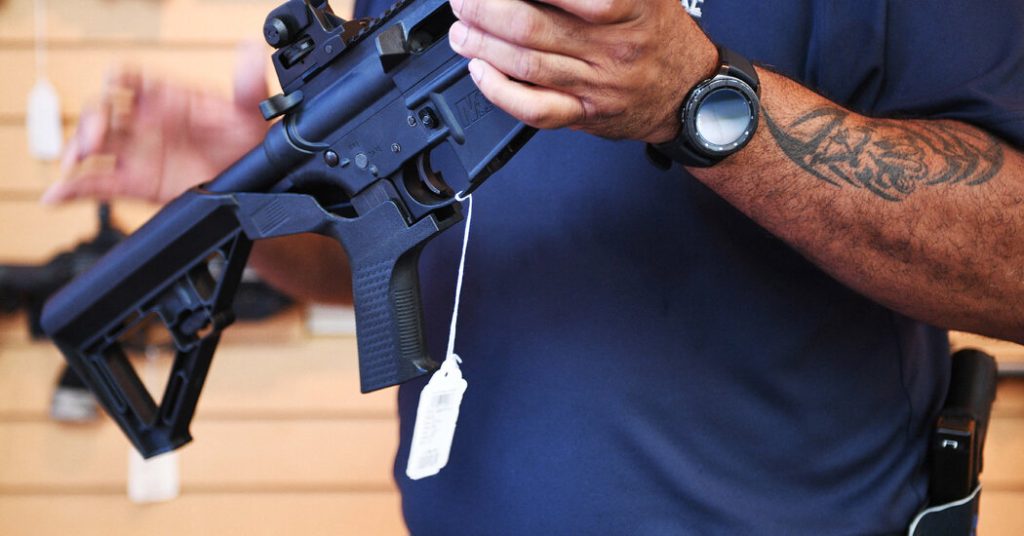The Supreme Court recently overturned a ban on bump stocks, which allow semiautomatic rifles to shoot at a rate similar to machine guns. The decision was made in a 6-3 vote, with the majority arguing that the Bureau of Alcohol, Tobacco, Firearms, and Explosives exceeded its authority by classifying bump stocks as machine guns. Justice Clarence Thomas, who wrote the majority opinion, used technical details of firearm mechanisms to explain why bump stocks do not meet the definition of a machine gun. The ban was enacted following a mass shooting in Las Vegas in 2017, making it one of the few government regulations addressing gun violence.
The decision to strike down the bump stock ban was seen as a blow to efforts to address gun violence in the US, especially with legislative measures on gun control stalling in Congress. The ruling did not directly challenge the Second Amendment but was part of a series of cases aimed at limiting the power of administrative agencies. Justice Sonia Sotomayor expressed her strong dissent from the bench, accusing the majority of putting machine guns back in civilian hands and arguing that bump stocks do fall under the legal definition of a machine gun.
Bump stocks have been a point of contention due to their ability to increase the firing speed of weapons. The debate revolves around whether the rapid sliding of the stock to pull the trigger counts as one pull or multiple. Prior to the ban, bump stocks were considered legal since they did not meet the criteria for machine guns under existing laws. The decision faced immediate backlash from Democrats, with President Biden calling on Congress to take action to prevent the use of bump stocks in future gun violence incidents.
The challenge to the bump stock ban was brought by Michael Cargill, a gun shop owner in Texas, with the backing of the New Civil Liberties Alliance. The organization aims to combat what it sees as unlawful uses of administrative power. Justice Thomas argued that the dissenting justices ignored Congress’s definition of a machine gun and stressed that a bump stock does not convert a semiautomatic rifle into a machine gun. Justice Alito concurred, suggesting that the law could be amended by Congress to address the issue.
The case highlighted the tragic impact of bump stocks in the Las Vegas shooting of 2017, where a gunman used the device to fire rapidly at a crowd, resulting in mass casualties. The shooting prompted calls for action and led to President Trump’s vow to ban bump stocks. The Justice Department initially claimed that only Congress could ban the devices before reversing its position. The divisive nature of the issue was evident in the lower federal courts, with conservative and liberal judges presenting opposing views on the legality of bump stocks.
The Supreme Court’s decision to strike down the bump stock ban raises concerns about the regulation of firearms and efforts to prevent gun violence in the US. The ruling, based on technical interpretations of firearm mechanics, opens the door for future challenges to administrative agency authority. The contentious nature of the case reflects the broader debate over gun rights and control, as the country continues to grapple with the aftermath of mass shootings and the need for effective measures to address gun violence.


